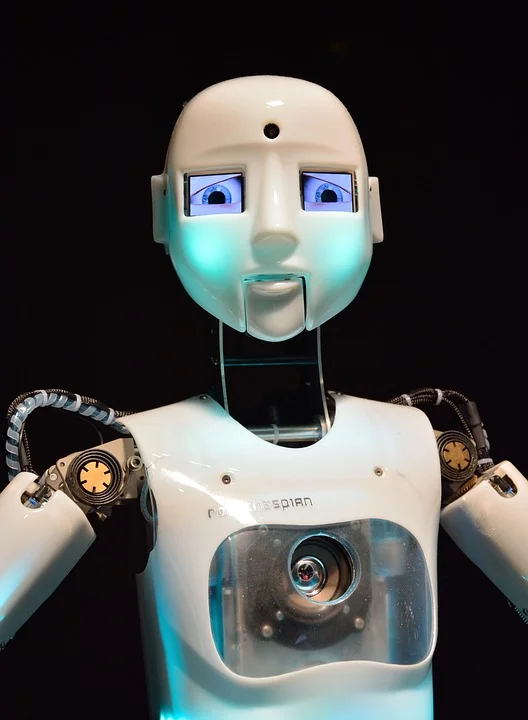Xpeng's Robotaxi Gamble: More Hype Than Horsepower?
Xpeng, the Chinese EV maker, is making a bold bet on robotaxis, announcing plans to launch them next year powered by their own "Turing" AI chips. This pivot comes just months after downplaying the near-term viability of the robotaxi business. It's a classic tech company move: promise the future, even if the present is a bit hazy. According to Chinese EV maker Xpeng to launch robotaxis, humanoid robots with self-developed AI chips, Xpeng also intends to launch humanoid robots using these chips.
The company is touting its new Turing chips as having the highest in-car computing power globally, at 3,000 TOPS (tera operations per second). That's a big number, sure, but TOPS alone don't tell the whole story. It's like horsepower in a car; it matters, but so does the engine design, the transmission, and the driver. What truly matters is how efficiently Xpeng uses that computing power. Are they just throwing more hardware at the problem, or have they genuinely cracked the code on AI efficiency?
Xpeng's "vision-language-action (VLA)" model, now in its second iteration, is the software side of this equation. VLA models are designed to interpret visual cues and translate them into actions, crucial for both autonomous driving and robotics. The partnership with Alibaba's AutoNavi and Amaps app is interesting. It provides Xpeng with a built-in platform for ride-hailing, giving them a distribution channel from day one. But (and it’s a big but), will people actually use it?
The real question isn't whether the tech is possible, but whether it's profitable. Brian Gu, Xpeng's co-president, admitted last week that robotaxis will "ultimately be a global phenomenon" but that it would take time, especially given regulation. Back in April 2024, he was far more cautious, suggesting robotaxis wouldn't be a significant business for at least five years. What changed in seven months? Gu claims that "the tech is happening faster than we anticipated," and that AI developments and increased computing power give them confidence. But that sounds suspiciously like marketing spin.

And this is the part of the report that I find genuinely puzzling. What specific breakthrough occurred between April and November 2025 to justify such a dramatic shift in outlook? Did they solve a critical AI challenge? Did regulatory hurdles suddenly vanish? Or is this simply a case of a company feeling pressure to keep up with Tesla and other competitors in the AI arms race? Details on the specific technological advancements remain scarce, but the change in rhetoric is undeniable.
Xpeng plans to make two categories of robotaxis: one for commercial shared vehicles and another for personal autonomous cars shared within families. This bifurcated approach is interesting. It suggests they recognize the different use cases and regulatory challenges involved. But it also raises questions about economies of scale. Can they truly develop and maintain two distinct robotaxi platforms efficiently?
Another article, unrelated to Xpeng, discusses Autonomous catalysis research with human–AI–robot collaboration. While seemingly unrelated, it highlights a broader trend: the integration of AI and robotics across various industries. The article mentions the use of cookies (essential and optional) for site functionality, advertising, and usage analysis. I've looked at hundreds of these privacy policies, and the level of detail about data transfers to third parties outside the European Economic Area is unusual. It underscores the growing importance of data privacy in an AI-driven world. How much data will Xpeng collect from its robotaxis? And how will that data be used and protected?
A Premature Victory Lap
Xpeng's robotaxi announcement feels more like a calculated risk than a sure thing. The technology is undoubtedly advancing, but the path to profitability remains unclear. It's a bold move, but whether it pays off remains to be seen. The data doesn't quite support the hype, at least not yet.










